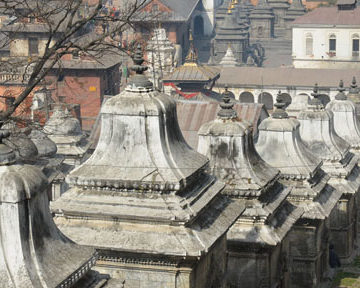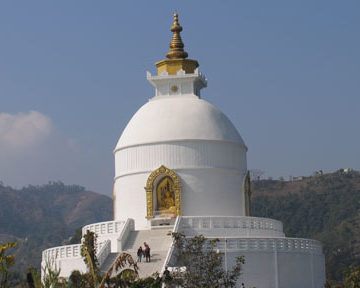Join us for a meditation
Practice is the way to achieve experience and hence experience develops wisdom
Monthly CalendarNamaste: We welcome you to Deep Sound Meditation (DSM), a place to explore your inner self. Meditation is not a rite or a ritual. It is a personal choice for understanding and development of wisdom. The world as we see it with our eyes wide open is covered with Maya, …
Learn More
When we speak about health, we are not just referring to the physical body. A healthy person is the one who has been able to find a balance between the physical, emotional, mental and the spiritual parts of life and living.
If balance between anyone of these elements is missing, an individual constantly searches until they find answers to all their questions. An internal quest – a journey in search of truth.
We have broken down these key components of healthy living in the following sections.
Physical body and Emotional State
The balance of the mind
The higher spiritual self.
Physical body and Emotional State
What is a healthy body?
It is not just about what or how a person looks but also about how the person feels. A healthy body has a few key components.
A strong and balanced body – from food to exercise
A controlled emotional state – from experience to reaction
A strong and balanced body:
The physical appearance of the body is a side effect of a conscious person. Various exercises – yoga, running, stretching, lifting, kayaking, biking, etc – helps create a daily discipline that helps balance the outer body.
It is also important to have an internally healthy body. What we put into the body provides assistance. Food can be a highly processed or high cholesterol meal or it can be a balanced diet prepared fresh knowing all the ingredients that goes into it. Food is food but one might only satisfy the taste of the tongue and create health issues later while the other can delight the senses while it nourishes and nurtures the body. It is all about the choices we make.
Emotions and Balance:
When one is able to get the body to the healthy state, it creates a pathway for balanced emotions. Due to the human conditioning, we are constantly going through changes. These changes bring with them constant fluctuation in emotion and the reactions that come with it. When we talk about the first chakra, it represents survival, security and grounding. So when we have our physical needs met, the emotions get an opportunity to relax a bit rather than constantly reacting. This along with the mental understanding on how to work through situations creates the balance that is needed. There will always be moments that will challenge us in life but how we end up reacting will be a choice once we learn the tools that we can work with.
When our body and emotions are balanced, our mind gets the opportunity to experience the events in a much different way than under constant reaction. When our physical, food, clothing, shelter needs are met and we do not have to struggle constantly to meet these, then we have a different approach to life. Rather than just doing what we have to, we begin to take the opportunities to ask the deeper questions in life – The why? The how? The when? We begin to start asking questions and begin to understand our situations better.
Where there are questions, there will be conclusions and answers. When you ask questions to others you get opinions but the when you ask yourself the same questions, you find your personal understandings and the answers coming from your experiences.
When one reads, one can accumulate knowledge but only after one experiences life and the lessons that come with it – one develops wisdom. Wisdom and understanding creates a pathway to full understanding (enlightenment) and eternal bliss (Ananda).
Spirit, Soul, Eternal light, Aatma- there are many different names to express what can be related to as our inner most source of life energy. When speaking about the soul, in the eastern tradition, the soul is described as the entity that exists within the physical body as an observer. It does not interfere with the functioning of the body but it carries the experiences and wisdoms acquired in a lifetime. Once that physically body dies, it is taken to a different body.
The existence of the soul has only been able to be defined by religion and philosophy. Our key argument of the existence of the soul is a question. If a soul doesn’t not exist, why is it that the living body and a dead body have all the same organs – the limbs, the nerves and veins? Or why is one considered living and the other one dead? Philosophy answers the absence of life between the living and dead to be the soul.
In the eastern tradition, it is believed that the next life is chosen on the basis of Karma or actions in the previous life. The soul travels from one life to the other –generations after generations – on a quest or journey in search of truth. The truth and realization is reached after the soul receives answers to all it’s questions. This state is called enlightenment, Moksha or liberation. Once achieving this state, one does not have to continue the cycle of life and death.
In the Buddhist tradition, a person who has achieved enlightenment is called Bodhisattva – an entity that makes a conscious choice to come back – even after achieving liberation – to be of service to the world and continue to help others achieve enlightenment.
Practice is the way to achieve experience and hence experience develops wisdom
Monthly Calendar
“Fear is the lack of understanding of the unknown.”

Clarity of mind and calmness of breath is a key to deepen a meditation practice

“Look not on the outside for answers for the truth you seek lies within.”